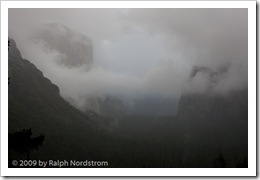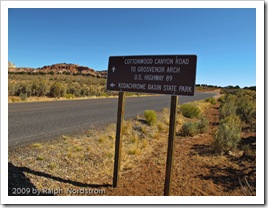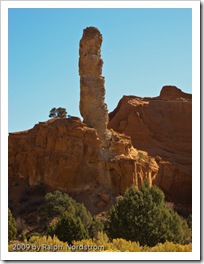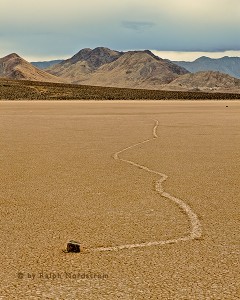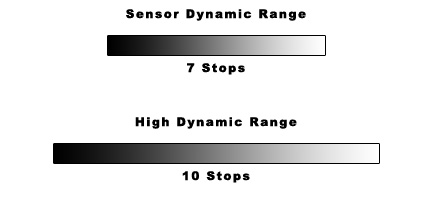Describes an exercise to develop your eye for seeing compositions.
Remember when you first started driving? Just about everything you did behind the wheel was a conscious act – steering into a curve, breaking for a red light, backing out of the garage, whatever. Everything required a conscious effort. But now, those things are all automatic and you can safely drive from point A to point B without even once thinking about the physical act of driving. It’s a part of you.
If you learned to play a musical instrument you went through the same process. I played piano and at first had to think about every key I pressed. But as time went by it wasn’t which key needed to be pressed any more but how to interpret the phrase. The fingers automatically went to where they were supposed to go.
Athletes also experience the same thing. For example a tennis player at first needs to concentrate on every part of a backhand swing or a serve. But after a while it it all becomes muscle memory.
The single most important thing that causes this effect to happen is frequent practice, usually daily.
But what does this have to do with photography? Well, this applies on two levels and I’m specifically referring to photography in the field. The first is the operation of our instrument, our camera. At first things such as exposure, focus, depth of field, filtration, etc. are all conscious acts. And this doesn’t touch on all the additional functionality modern digital cameras provide such as highlight tone priority, high ISO noise reduction and on and on.
Continue reading “Exercising Your Creative Muscle”
(594)
Like this:
Like Loading...
